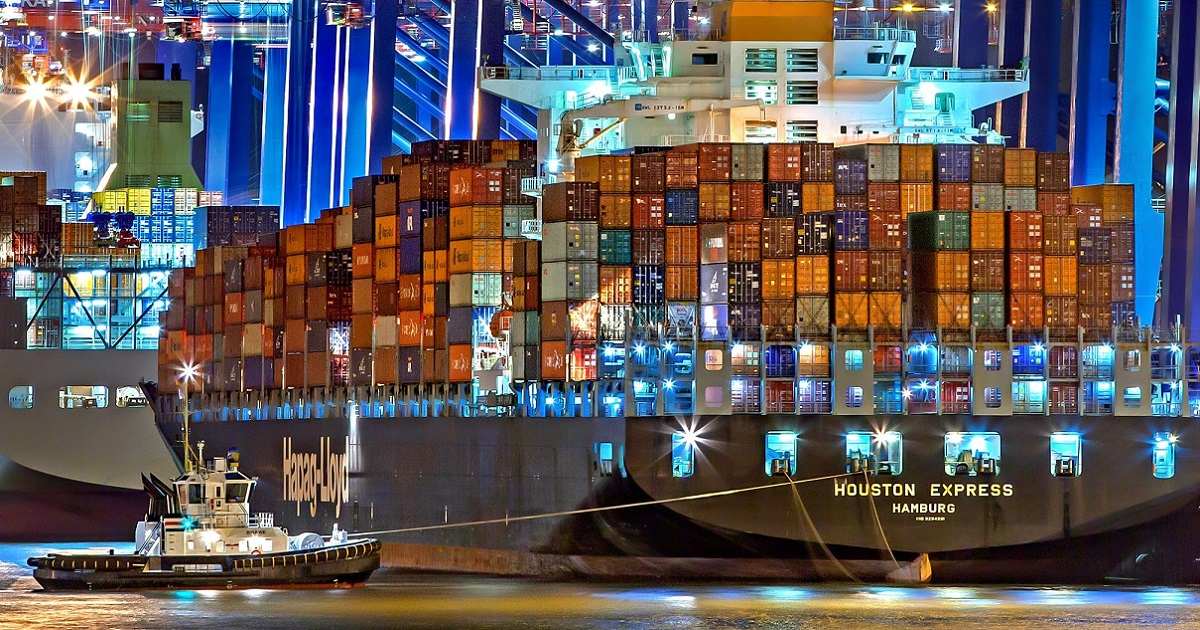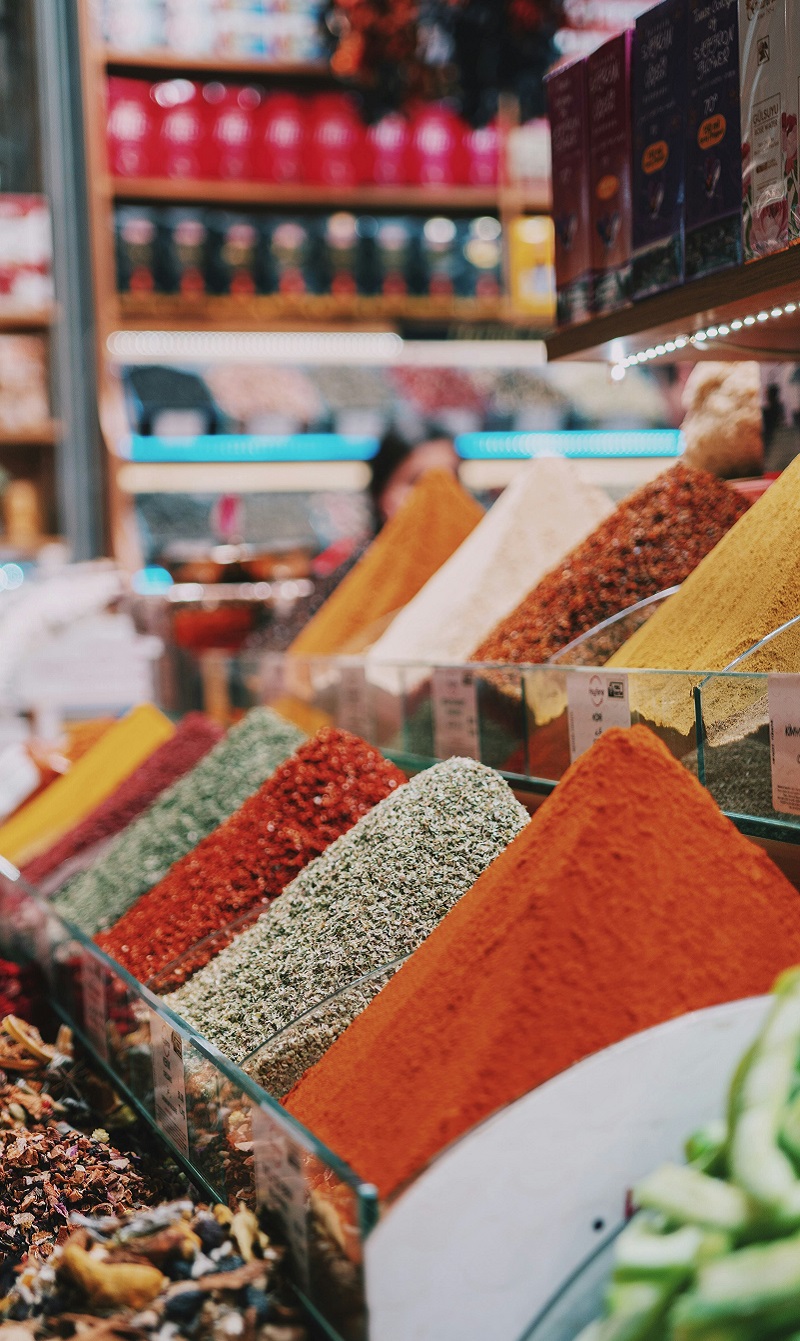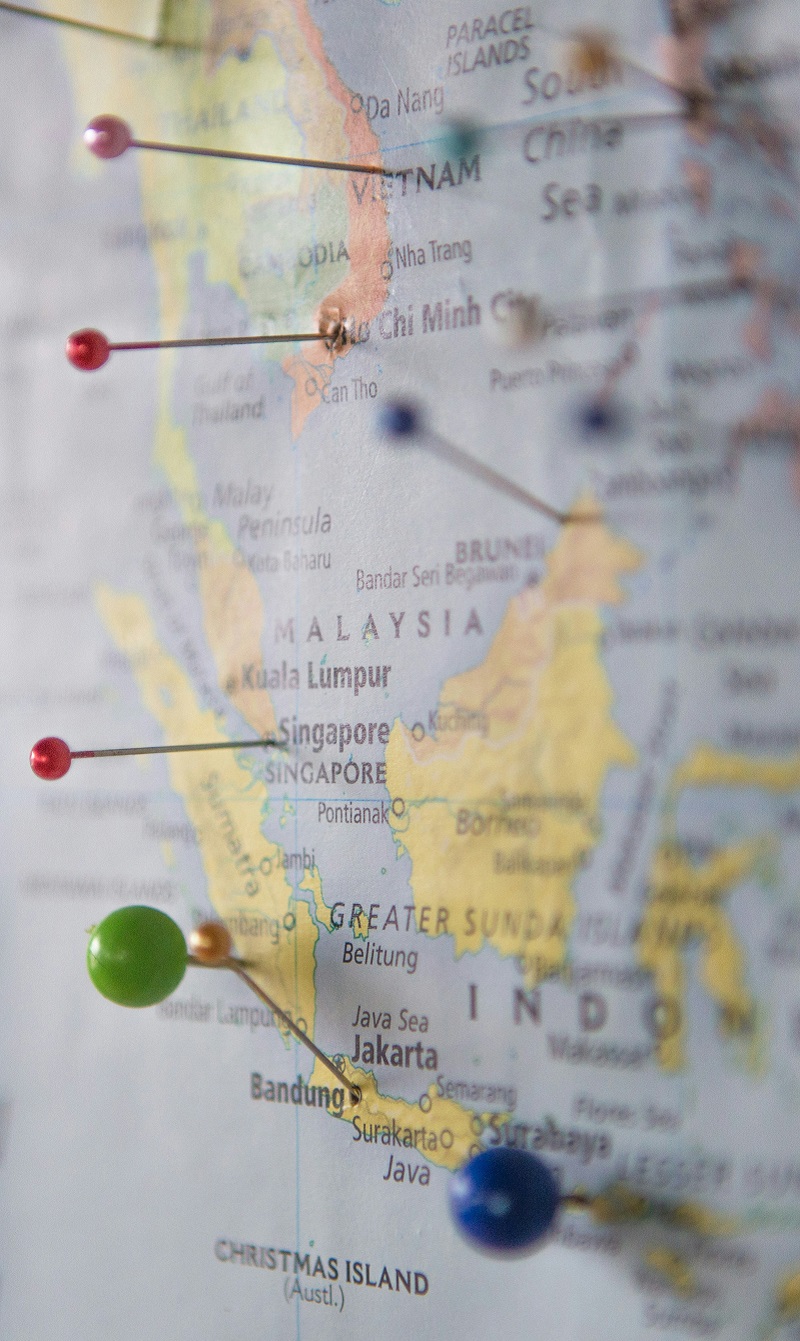The Outlook of Trade
The past two years saw a large reduction in trade and output volumes due to COVID-19 pandemic. The recovery process remains unpredictable. This is a summary on experts’ discussion on the future of trade during WBN’s #iEmPOWER webinar on Global Trade Outlook 2022 and Beyond.
Whether trade will normalise in 2022 or not, the outlook remains uncertain. There are reasons to believe that companies will rebalance and shorten their supply chains through various strategies and if they are sustainable practices to see businesses through the ongoing storm that is the pandemic. To address the future of trade from a global, national and regional perspective, three experts deliberated on the matter during WBN’s #iEmPOWER webinar, Global Trade Outlook 2022 and Beyond, on 22 February 2022.
The experts were:
– Mohd Mustafa Abdul Aziz, CEO of Malaysia External Trade Development Corporation (MATRADE)
– Latifa Elbouabdellaoui, Director General of Islamic Centre for Development of Trade (ICDT), Morocco
– Dr Lili Yan Ing, Lead Advisor of Economic Research Institute for ASEAN and East Asia (ERIA), Indonesia
Impact of COVID-19 on the Economy and Recovery Strategies
Latifa Elbouabdellaoui: ICDT accounts for more than two billion consumers which is 25 per cent of the world’s population and half of this population is composed of young people of 25 years old. This explains the increasing demand for direct consumption of goods and services. The lack of diversification and flexibility in the existing supply chain and sourcing strategies affect the travel sector and manufacturing hubs in general.
Export bands on food, pharmaceutical products and other essential goods imposed by various governments turned out to be massive. Energy producing countries, for example, are impacted by substantial reduction in international prices. Tourism, an important sector for Morocco’s economy in terms of job creation has been impacted due to closure of borders. However, the unique circumstances of the pandemic created opportunities. Most countries digitised their economy and develop e-commerce.
We initiated a new strategy for 2022-2025 for our member states and there are four internet related elements to it. The strategy is also related to trade and investment facilitation programme, trade and investment corridor programme, regional value chain programme as well as economic intelligence programme. This crisis has highlighted the importance of international and regional cooperation. It is more crucial than ever for us to work together to keep markets open.
Dr Lili Yan Ing: Here, I highlight four main trade trends globally – first, multilateral trading system has been installed. Second, the rising US-China trade tension started tariffs on 350 billion Chinese products and, at the same time, anti-globalisation is on the rise. Third, supply chain security concerns. Fourth, sustainable trade and investment.
In 2021, we saw global trade start to recover with an increase of 13 per cent compared to 2019. A country rebounds mainly due to three main reasons – first, increase in production and demand for health and medical supplies, electronic equipment and machinery. Second, massive increase in demand for health, agricultural and food products that open up opportunities for agricultural intensive countries. Third, increase demand for IoT and digital trade services that open new opportunities for IT intensive with highly skilled human capital.
ASEAN should optimise its bilateral, regional and multi-lateral agreements. We should ensure smooth supply chain, movement of goods, services and capital within the region. Furthermore, we should keep our stance towards the United States and China, diversify import sources and exports destinations while exploring non-traditional markets. Also, keep up with digital transformation, sustainable trade and investments.
Mohd Mustafa Abdul Aziz: International trade is a key contributor to Malaysia’s economic growth. Badly affected Malaysian business community rebounded quickly, supported by many government initiatives and has remained resilient due to strong global demand. To help bring the economy back on track, we utilise digital technology and connected almost 1,000 import buyers with 1,500 commission export last year. This effort showed positive growth for the recovery of Malaysia’s economy.
To continue this momentum, three agendas are vital to strengthen the Malaysian companies’ resilience in the global market – one, implement programmes and activities with five-year timeframe development strategy. Two, increase our sustainability agenda. Three, adopt digitalisation.
Last Words
Dr Lili: Why is China important to the global economy? China contributes about 25 per cent of global trade and out of USD28.5 trillion of global trade, around USD10 trillion are basically intermediate goods largely contributed by China. That is how important China is for global trade. In terms of GDP, China has very strong reserves. In 2021, China recorded the largest trade surplus of USD676 billion. With great power, comes greater responsibilities. The best way for China is to diversify into neighbouring countries including Southeast Asia and diversify its exports destinations, exploring non-traditional markets. At the same time, what are the implications for us? I see us currently relying a lot on Chinese economy.
Mohd Mustafa: The subject of sustainability is what everybody is talking about. Let me touch on the level of awareness among SMEs. To engage them, educate and increase the level of awareness on the matter, it is important to integrate sustainability into business models. This is so they will be relevant within international trade. Globally, [more and more] governments are setting emissions target and committed to becoming a net zero greenhouse gas emissions nation as early as 2050. What MATRADE has done so far is embark on the sustainability agenda through a program called Sustainability Action Values for Exporters (SAVE) in 2019. Through it, we encourage exporters to embrace sustainability policies and practises in their businesses ad operations. Especially, to equip companies or markets that have embedded ESG into their principles.
Globalisation really needs to be reset to make it more equitable, so entrepreneurs and SMEs have a chance to participate in the global supply chain. To do this, you have to look in the areas of sustainability and digitisation.
Latifa: We should support producers, show support and organise exhibitions as well as fairs for their products. We must work on trade facilitation among member countries, focus on value chains, develop original value chains and mutual value chains.
Main photo by Julius Silver on Pexels.





